Many of the people of western Virginia, partcularly oil industry investors, opposed Virginia’s decision to seceed from the United States on April 17, 1861. These were people who had invested heavily in oil prospecting and kerosene refining in and around the Parkersburg area, including Burning Springs. There were also interests in protecting the railway system which had become vital to local industry.
Conventions were held in Wheeling where delegates voted to form a new state, separate from Virginia. West Virginia officially became the 35th state, admitted to the Union, on June 20, 1863.
“Whereas, by the Act of Congress approved the 31st day of December, last, the State of West Virginia was declared to be one of the United States of America, and was admitted into the Union on an equal footing with the original states in all respects whatever, upon the condition that certain changes should be duly made in the proposed Constitution for that state.”
— Abraham Lincoln, By the President of the United States of America. A Proclamation.

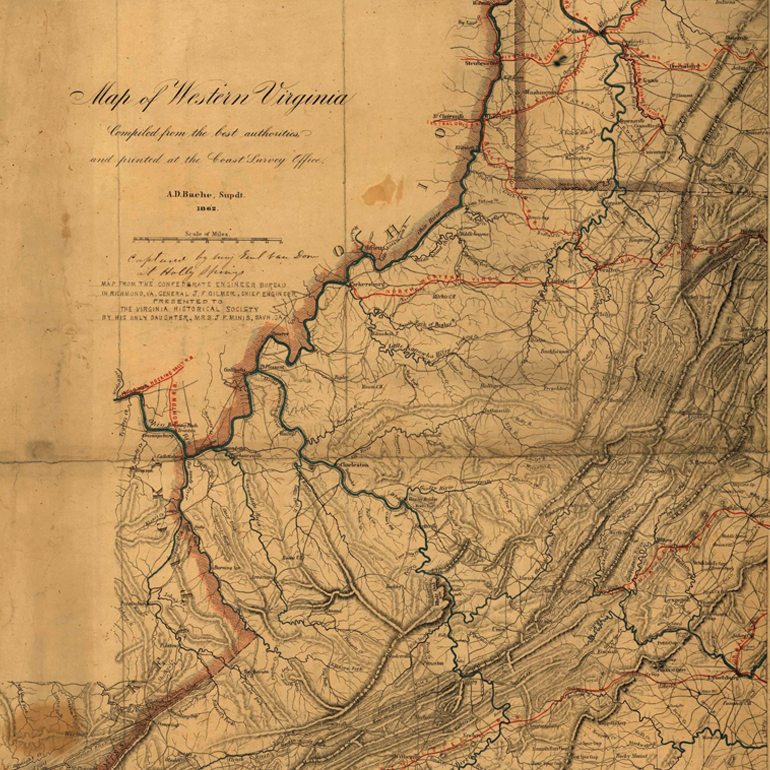
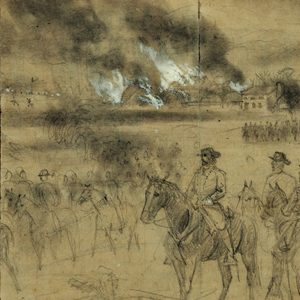
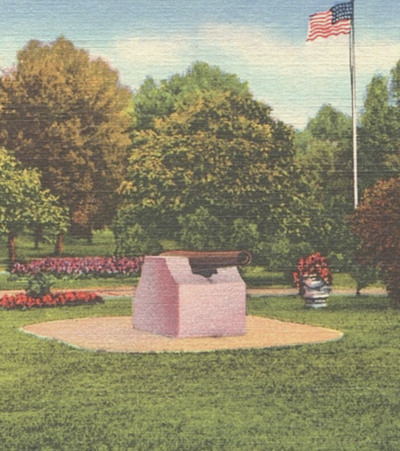
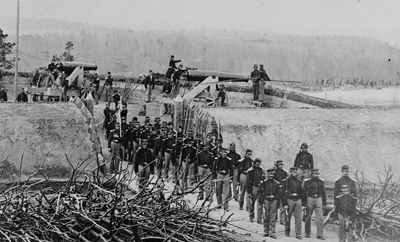
A Confederate Target
During the transition time and after the new state was formed, West Virginia was a target of Confederate raids. Desctruction of infrastructure was the intent. Oil and gas discovered at Burning Springs was significant enough to be targeted and burned by Confederate raiders during the Civil War. Controlling key parts of western Virginia was also important to the Confederates because the area was a source of minerals used to make arms and ammunition.
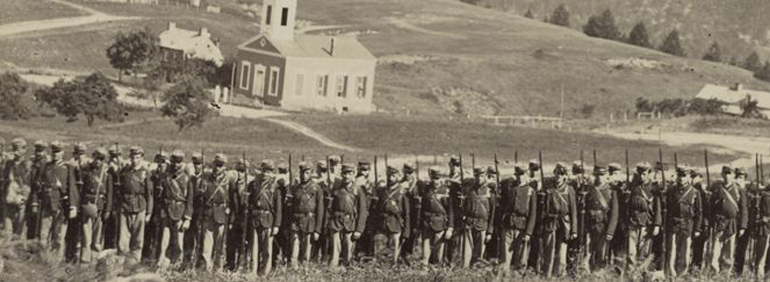
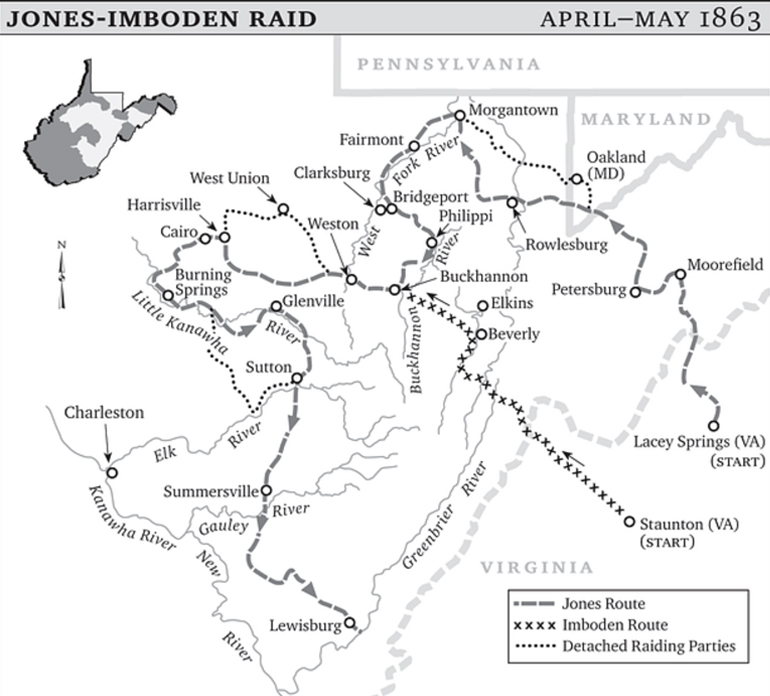
To protect the area’s interests, Union soldiers were stationed in Parkersburg to hold vital railroad lines and turnpikes. In addition, approximately 3,000 soldiers from Wood County enlisted in the Union army.
Parkersburg became a critical hub during the Civil War. Multiple military hospitals, a supply depot and commissary were located there. Because of the railroad, Union soldiers passed through the city, staying temporarily while their trains were ferried across the Ohio River.